Last year when I visited Seronera in the heart of the Serengeti in early May, I had incredible luck: almost no rain despite coinciding with the middle of the rainy season; virtually no other vehicles (a combination of the low season and the global economic downturn); three lionesses on a low kopje (a rocky outcropping) as a full moon rose behind them; an entire lion pride with eight extremely active cubs on an even lower kopje for two days; good leopard encounters; a lioness standing high in an acacia tree in perfect light; masses of elephants and decent sized herds of migrating wildebeest and zebras.
This year, it rained heavily for several hours almost every day; on three afternoons we limped our vehicle back to a workshop to repair faulty brakes/gearbox; no lions on the photogenic low lying kopjes of last year; a complete absence of leopards or tree climbing lions; a total count of just one elephant and while hardly crowded, there were still significantly more vehicles than last year.
The main consolation was the mother of all migrations. I have seen 14 years of wildebeest migrations and this is surely the largest. It bodes especially well for planned trips to Kenya’s Masai Mara in August and October when it looks like record numbers of wildebeest, zebras and other grazers will be hurling themselves into the swollen waters of the crocodile infested Mara River.
The dearth of opportunities to photograph the big cats or elephants meant that by necessity, the focus was on the migrating herds. In fact this suited me quite well as I was keen to try out my new “rock cams”. In summary, while I was able to get a few decent images, using these devices was mainly one of frustration and requires a very large dose of patience. Part of the problem was mechanical – the wireless triggers were fairly useless with a range of 20-25 meters at best (when I tested these indoors before the trip, the range was at least 50 meters). The cameras also need to be tilted upwards in order to avoid the ground dominating the bottom half of the picture. On top of this, it was almost impossible to anticipate the direction in which the herds would head. Unlike the Mara, where there are clearly defined approaches and exits from the Mara River, the Serengeti herds move in only a very general direction. I placed the shell encased cameras on the ground in the direction that the herds were headed, many, many times. On all but a handful of occasions they would change direction. On the few occasions that they passed over or close to the cameras I was then faced with the challenge of inching our vehicle close enough to the herds in order to get within the workable range of the triggers without spooking the animals away from the cameras. Lastly, I had to hope that when the herds were stampeding over the casings that the latter and more importantly, the cameras and lenses would not be damaged. While thankfully the cameras and lenses all survived intact, both casings were partially damaged.
Why put myself through all this trouble and frustration you may ask? Well, when you’ve been on c.30 trips to East Africa, you reach a stage where the onus becomes very much on trying to capture something unique or at least different. And I have to say, based on the strength of a handful of images; this type of photography is quite addictive. I have to be careful not to get completely blinded as that would be to miss potentially good opportunities using more traditional techniques, but I know that with perseverance, there are some unique and potentially outstanding images to be had. The following images give a hint of what the rock cams are capable of producing.
I now know the modifications that I need to make so I will be hoping for a better success rate when I visit the Mara in a few months.
When I am on safari, my days start early and I am always out by 5.30am. The following image was taken at 5.45am as a silvery crescent moon was sliding down from high in the inky night sky, past the acacia tree silhouettes to the dawn lit horizon.
The normal weather pattern each day was for relatively fine mornings with a build up of dark clouds in the early afternoon…
…followed by heavy afternoon rain before the sun would appear briefly late in the afternoon. With plenty of clouds still in the sky at sunset, I experienced a number of beautiful sunsets.
As always there were plenty of avian opportunities. As with the Lilac Breasted Roller, which is also extremely common, I never seem to tire of photographing Superb Starlings. This one was bathing in a muddy rain pool next to the workshop where we were repairing our vehicle one afternoon. And yes I know, the head turn is less than perfect…
Another less photographed bird that caught my eye was this immature Dark Chanting Goshawk (I am not entirely sure about the identification. If anyone reading this thinks otherwise, it would be much appreciated if they could let me know).
The trip was not totally devoid of big cats and late one afternoon we encountered this solitary Lioness on a small kopje surrounded by Wildebeest, on which she kept a watchful eye.
After eight days in the Serengeti, I headed back to Kenya in order to make a quick excursion up to Lake Turkana. However, after suffering through a drought for several years, the region is currently receiving record amounts of rainfall and on the day that I was supposed to fly up, the satellite map showed huge storms covering most of the area.
After consulting with my pilot, we decided that it was pointless to venture into these storms and instead chose to make two shorter aerial trips south to Lake Natron. After waiting for the best part of the day for the weather to clear up in Nairobi, we made the short journey down to the Lake. I had always wanted to fly around the intermittently active volcano, Oldenya Lengai, at the southern end of the lake in Tanzania. As it was, the views were less than perfect, with broken cloud surrounding the top of the volcano.
The sides of the mountain were covered with solidified ash and lava flows which have created some interesting patterns. Further down the mountain, moss has begun to form in some of the lava sculpted gullies.
Turning away from Lengai, we headed back north flying low along the western edge of the shore. In the late afternoon light, the clouds and a distant Mount Shompole were perfectly reflected off Lake Natron’s glassy surface.
After a night in Nairobi, we were back in the air the following morning heading again to Lake Natron. On the approach we flew over another of East Africa’s soda lakes, Lake Magadi, on the Kenyan side of the border. These lakes lie in the Great Rift Valley. During their formation, much of this valley was covered in volcanic ash, rich in sodium carbonate. Rainwater flowing down the slopes of the numerous volcanoes formed rivers, some of which were also fed by underground springs. These rivers picked up volcanic chemicals and salts and deposited them into the lakes. As a result of evaporation caused by searing air temperatures, the minerals and salts were concentrated into various sodium compounds. From the air, these compounds often show themselves in vivid red and rust colours.
With so much rain in the previous weeks, the preponderance of these colours had been diluted but in patches were still evident especially in the shallows along the lake shore.
Given the caustic mix of chemicals in the lakes it is surprising that their waters can sustain any life forms. But one microscopic creature positively thrives in these conditions –an algae called Spirulina. This is the principal food source of the Lesser Flamingo which in ideal dry conditions gathers in hundreds of thousands and sometimes into the millions.
The bountiful rainfall meant that the environment was less than perfect for the algae and hence the flamingos were limited to a few isolated congregations. Still, with the cloud cover reflected off the lake in monochromatic tones – further enhanced by black & white processing – this provided a beautiful canvas to offset the small groups of flying flamingos.
And so we headed back to civilisation, leaving the surreal landscapes, seemingly from another plant, behind. As we turned north, we passed a small herd of Zebra picking their way across the stark, featureless delta plains.
Comments
- » Lakes Logipi, Turkana & Natron - [...] few weeks each year during and following the long rains in April and May (see my May 2010 blog…
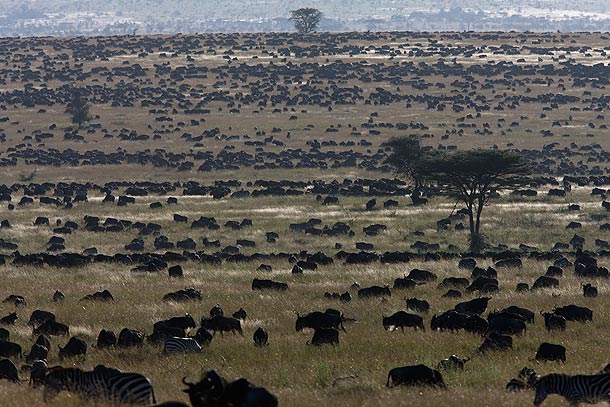
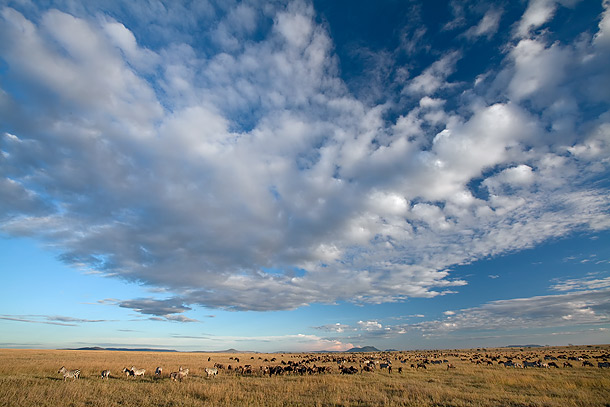
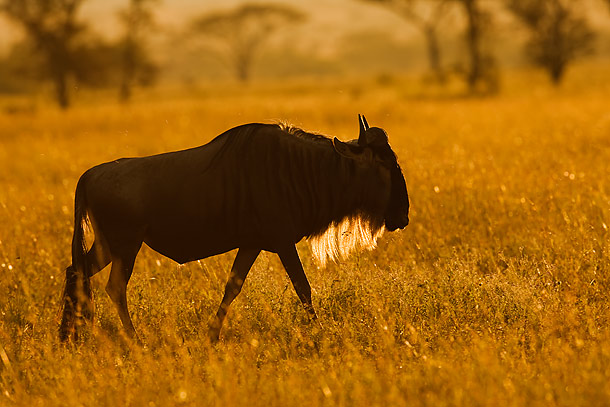
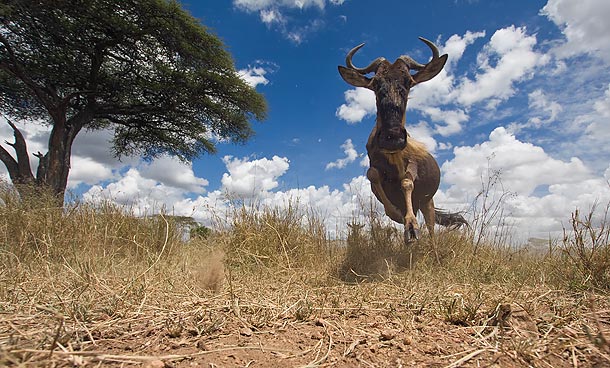
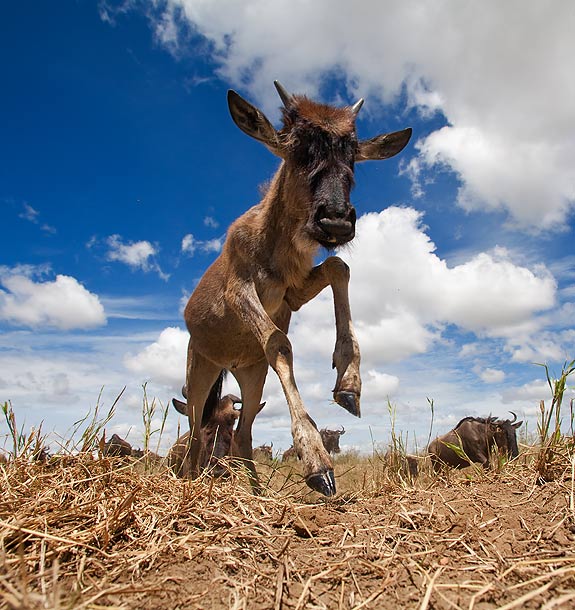
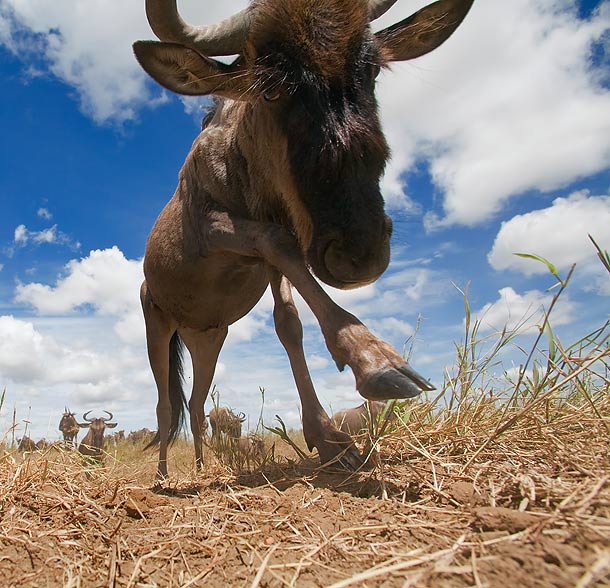
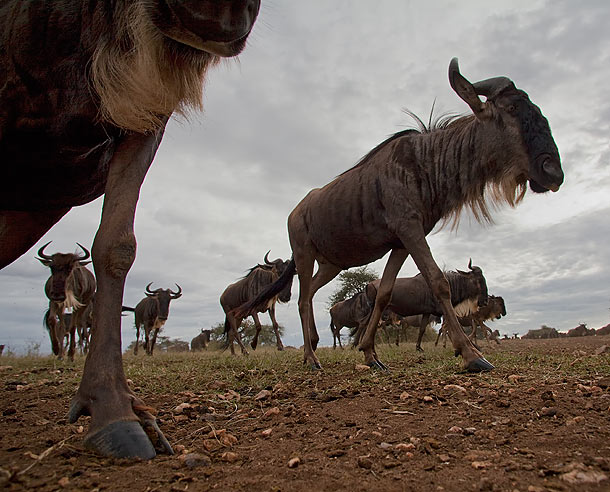
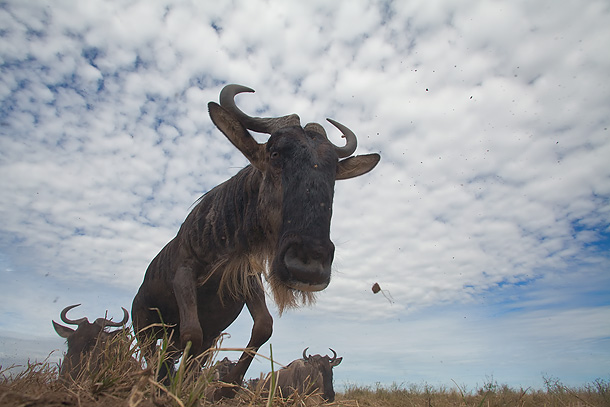
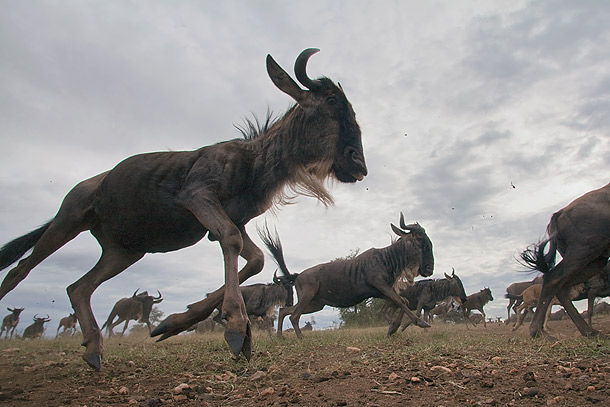
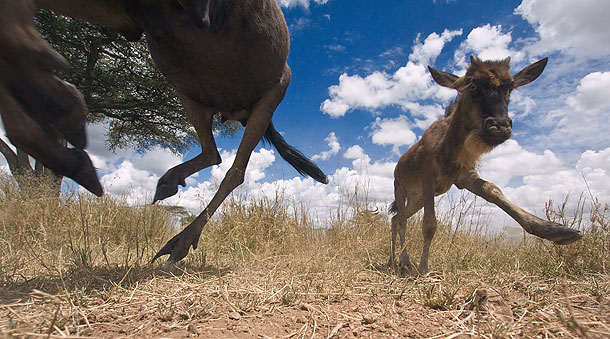
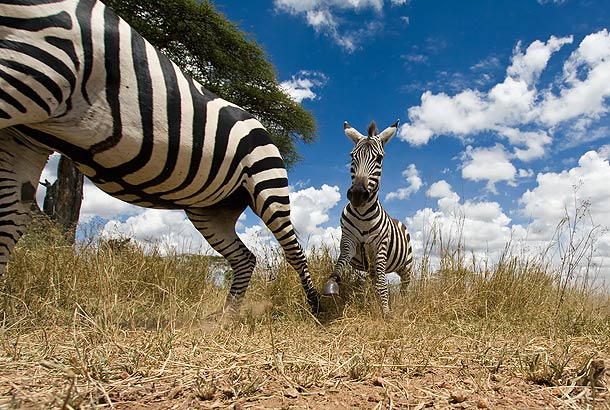
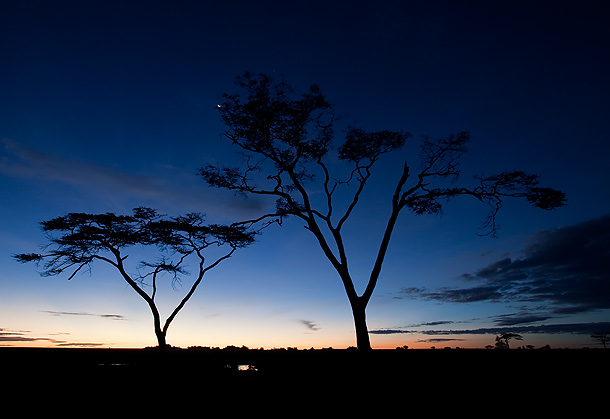
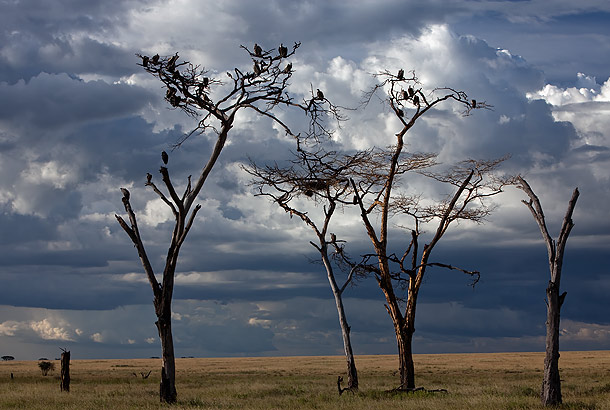
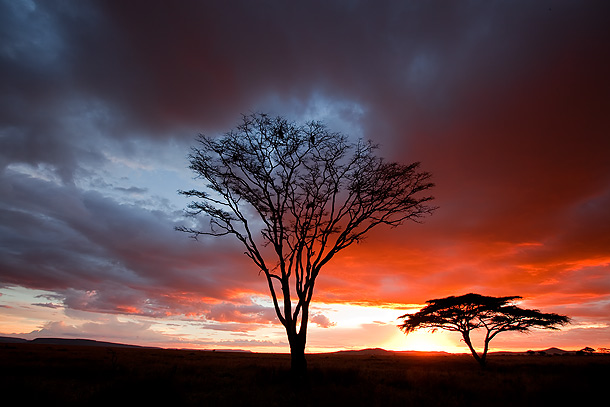
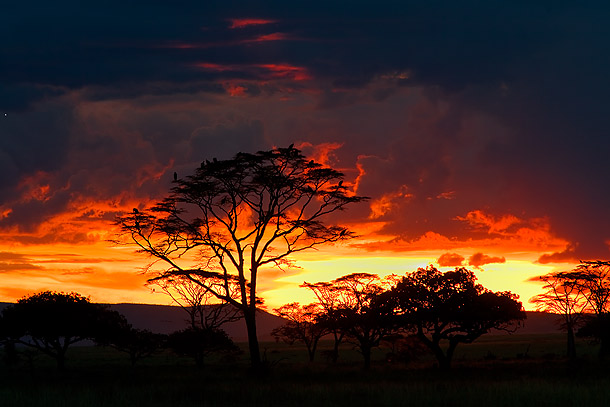
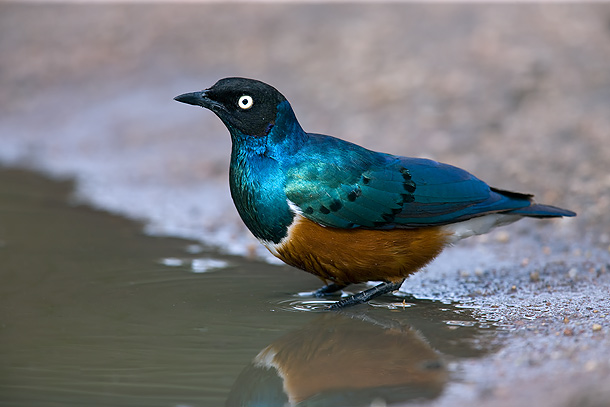
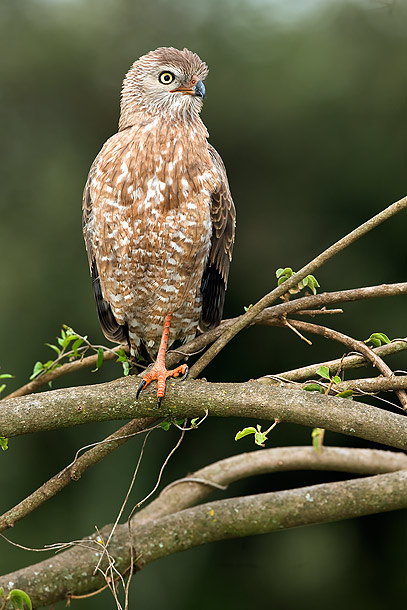
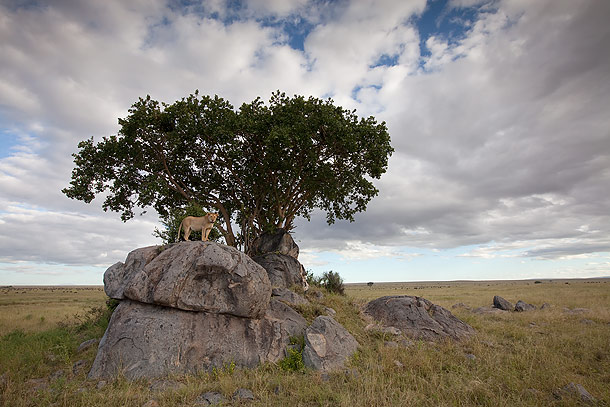
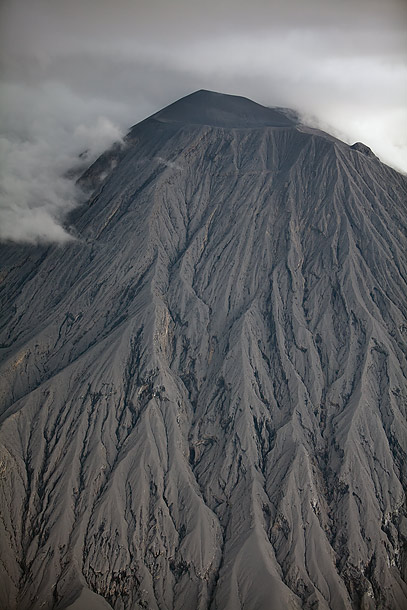
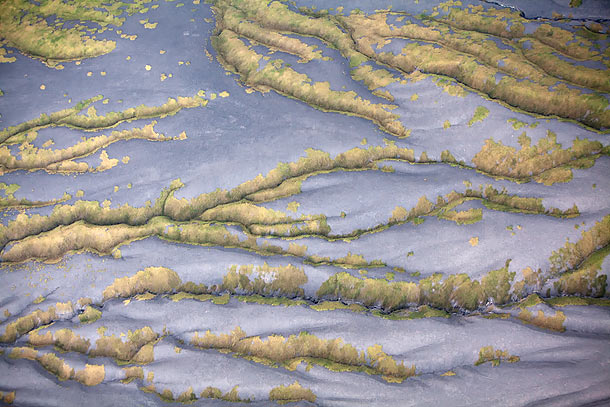
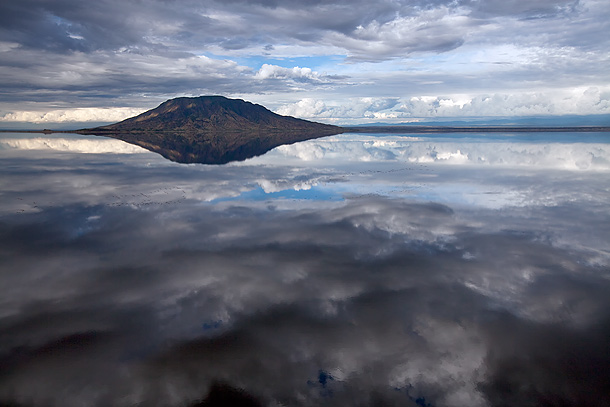
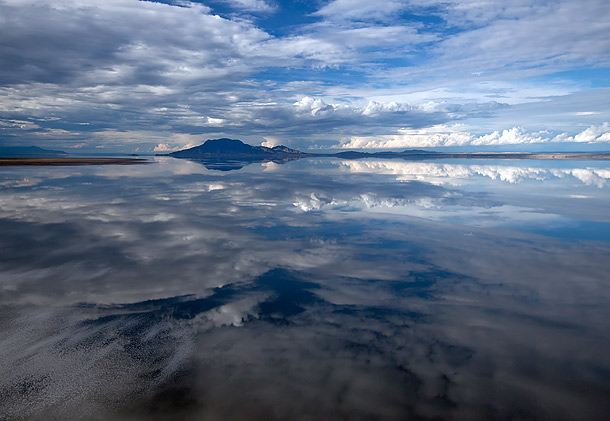
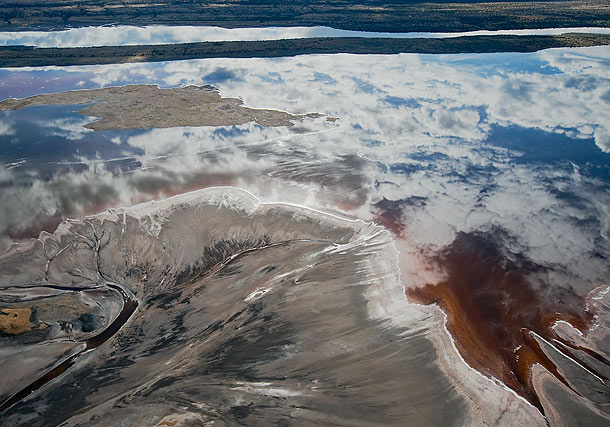
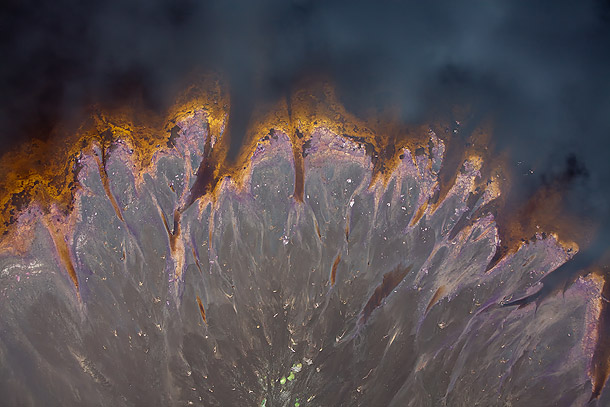
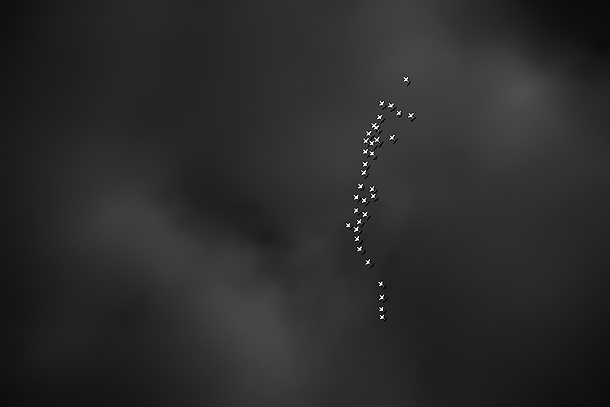
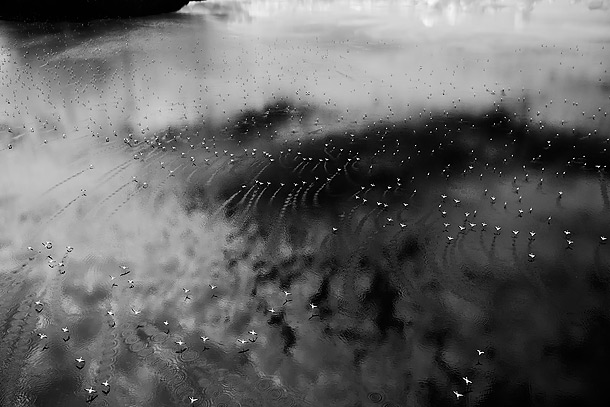
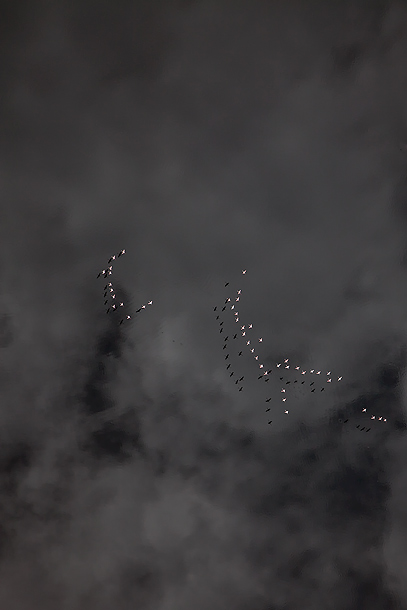
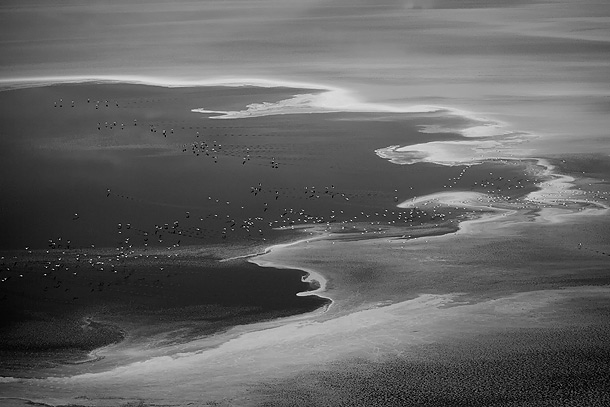
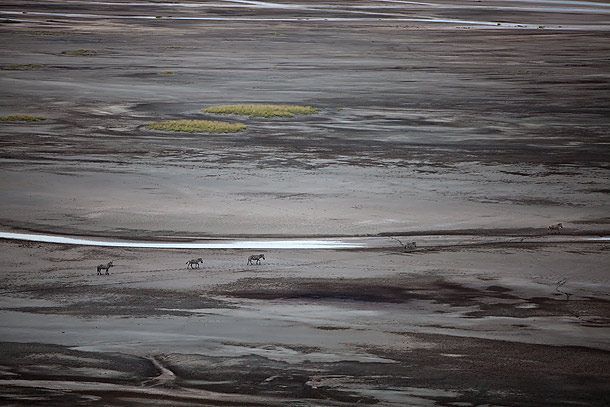
Dod
May 21, 2010
Fabulous Paul, well done. Love to lake photos
Arthur Morris
May 21, 2010
Hey Paul, Despite tough conditions you have made some great images as expected. The first rock camera image is pretty special, as are many of the wider motifs. Way to go.
Richard Vernick
May 21, 2010
Paul, great job on the Rock Cams. Thanks for sharing.
Richie
c k su
May 21, 2010
Beautiful shots !
Nilla Stennes
May 21, 2010
I enjoy your photos tremendously! I usually send them to my friends all over the world.
What a talented man you are, I love your descriptions too.
Frances
May 22, 2010
Thank you again for generously sharing your trip with us. The rock cam is really cool!
Paul Oliver
May 23, 2010
Hi – Congrats – great images of a place I know extremely well as I have been guiding here for the past 25 years.
Both Eastern (pale) and Dark CG are found in the Serengeti system. The Eastern as you might think is mainly East of the Rift Walls and the Dark is a Western bird. We have records for both around the Eastern portions of the Park and NCAA. It’s their overlap zone. Your bird (correctly identified) is an IMM Dark Chanting as the cere (around the base of the bill) and the legs are reddish! If it was an IMM Pale (eastern) the cere would be yellow!
Regards Paul Oliver
simonh
May 24, 2010
Thanks paul. More beauty there than I thought. The sound of the thundering wldebeest would be great too!
Niels Thomsen
May 26, 2010
CLSA NY Team scorched by market volatility and soothed by wild encounters! much appreciated